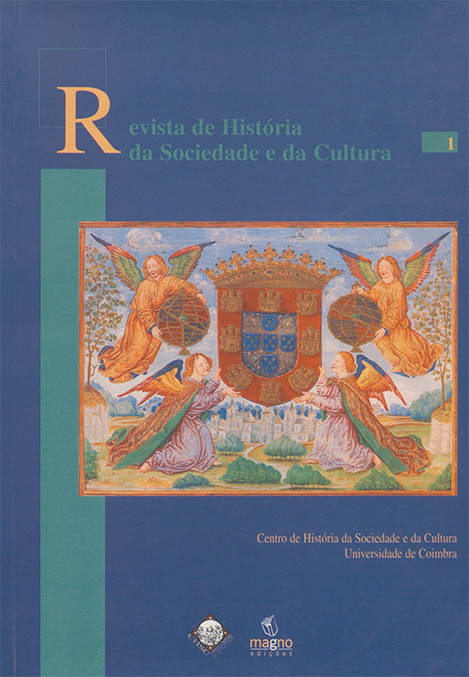Ceremonies of public execution during the Old Regime - Scatology and Justice
DOI:
https://doi.org/10.14195/1645-2259_1_6Keywords:
Death, Death Sentence, Crime, Suffering, Justice, Public ExecutionAbstract
The death penalty played a significant role in the legal system of the Old Regime. Although it was prescribed for a vast number of serious crimes, its application was often significantly restrained by legal practice. In the majority of appeal sentences, when compared and according to the available data, it is clear that among the mechanisms of royal justice, royal clemency or the rule of sentence commutation for crimes punishable by death prevailed.
The symbolic overlap between the power of the King and the justice of God, rooted in the just and irrevocable judgment of punishment and pardon, is reflected in legal literature. The ritual of execution, established in the 16th century, revived the eschatological function of justice. Derived from the sequence of gestures, acts, and symbols that define and normalize public executions, the transposition of the discipline of martyrdom to the repressive realm of justice carries various implications.
The religious appropriation of punishment, grounded in the Christian view of sacrifice and redemption, plays a key role in the social drama enacted at the gallows. Having gained its own audience, the mechanisms of propaganda used by justice do not generate unanimity. The appropriation of real-case reports on death sentences and executions by many is linked to different discourses on crime and punishment, particularly from the 18th century onward.
Downloads
Downloads
Published
Issue
Section
License

This work is licensed under a Creative Commons Attribution 4.0 International License.
Authors retain copyright and grant the journal right of first publication with the work simultaneously licensed under a Creative Commons Attribution License that allows sharing the work with recognition of authorship and initial publication in Antropologia Portuguesa journal.











